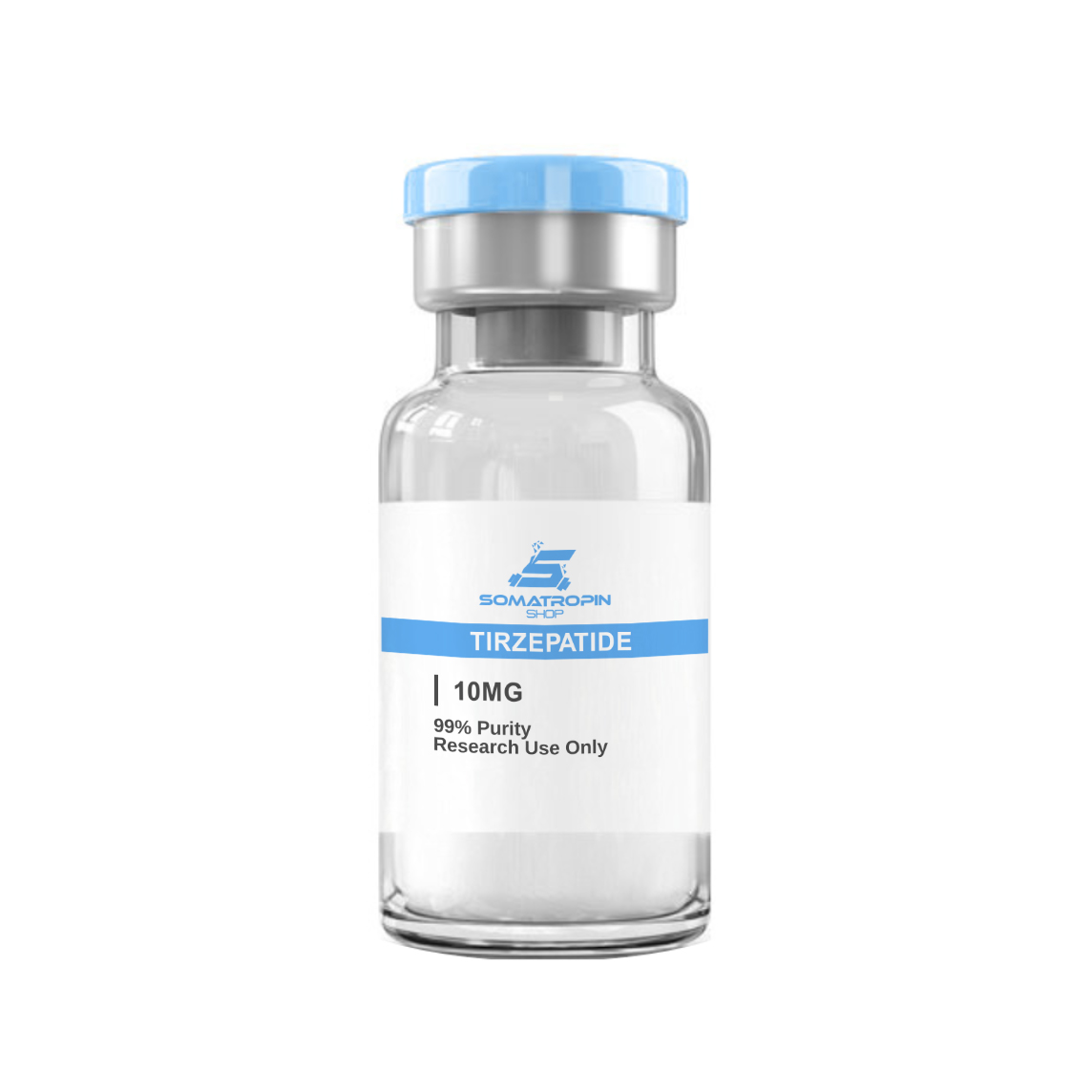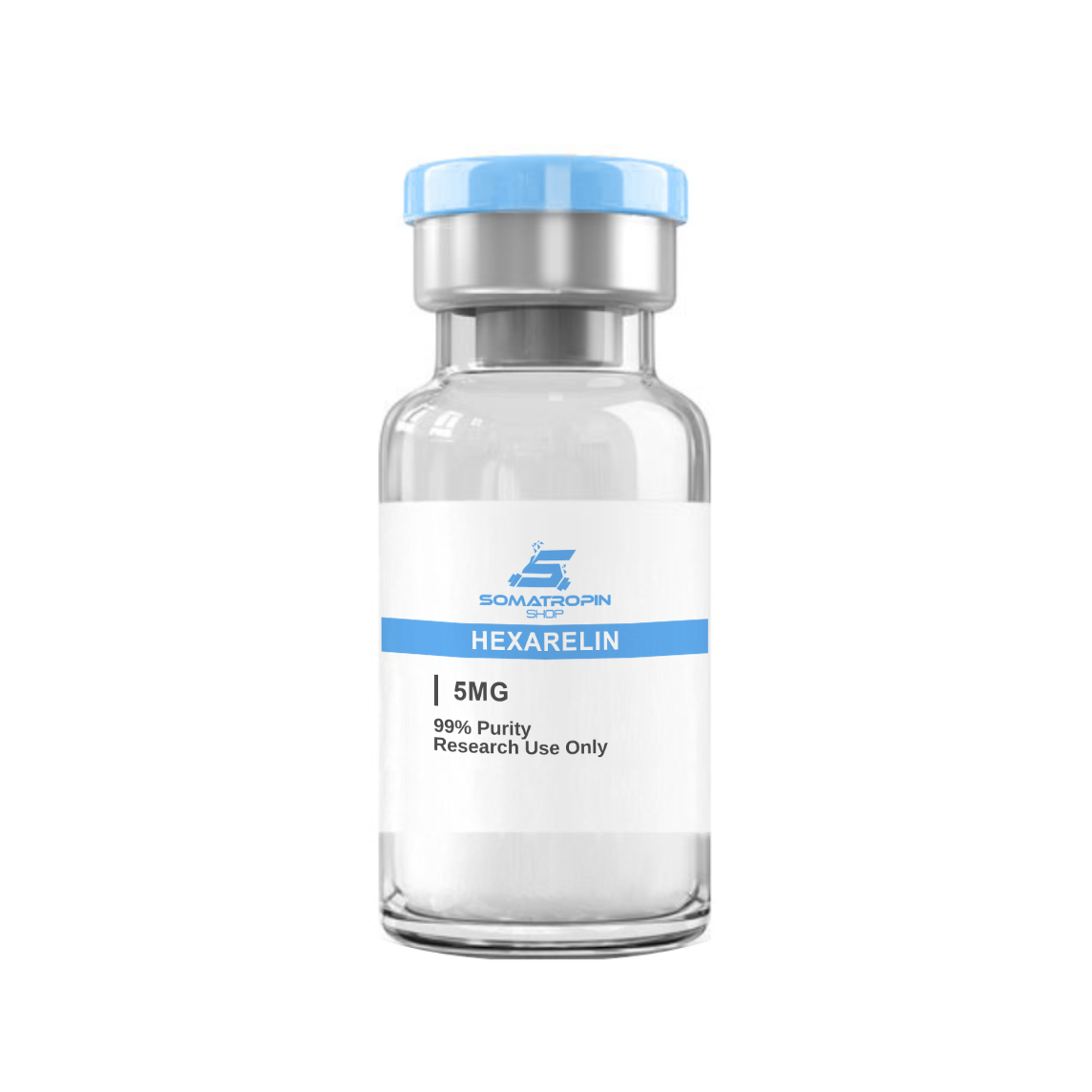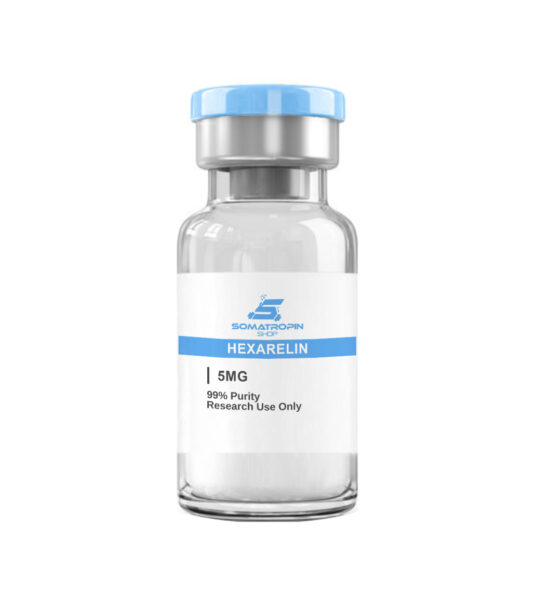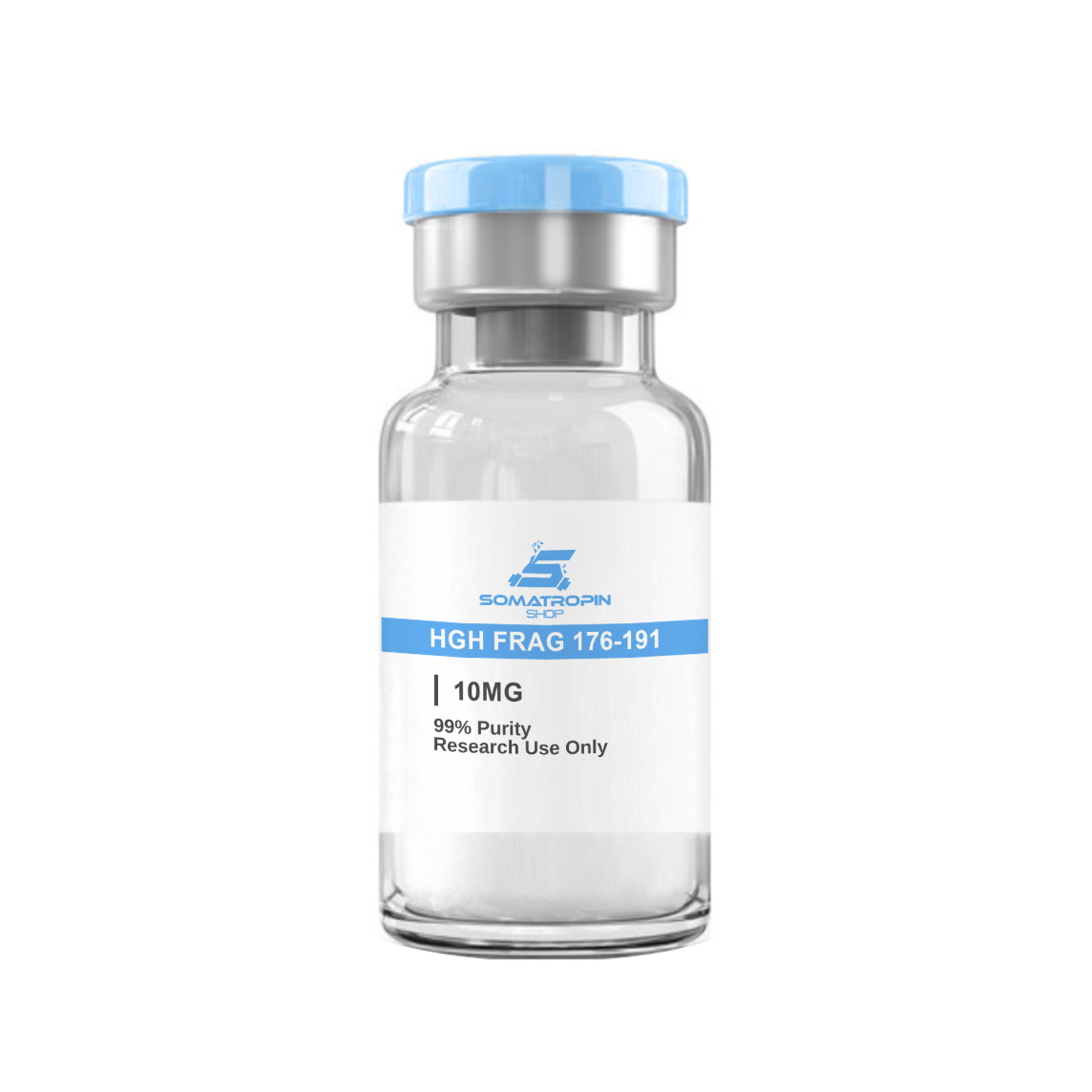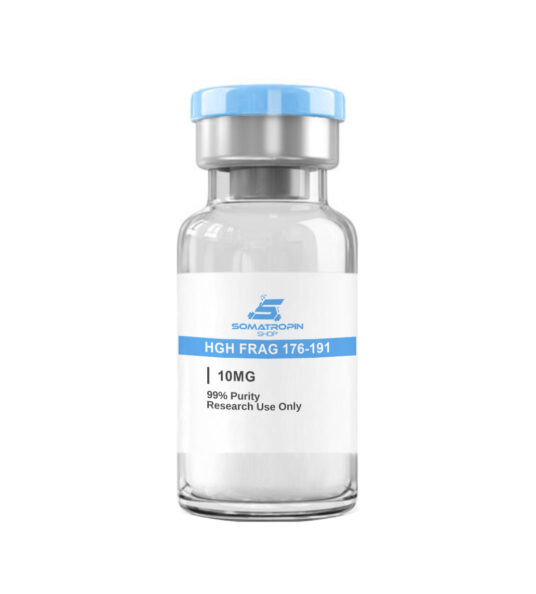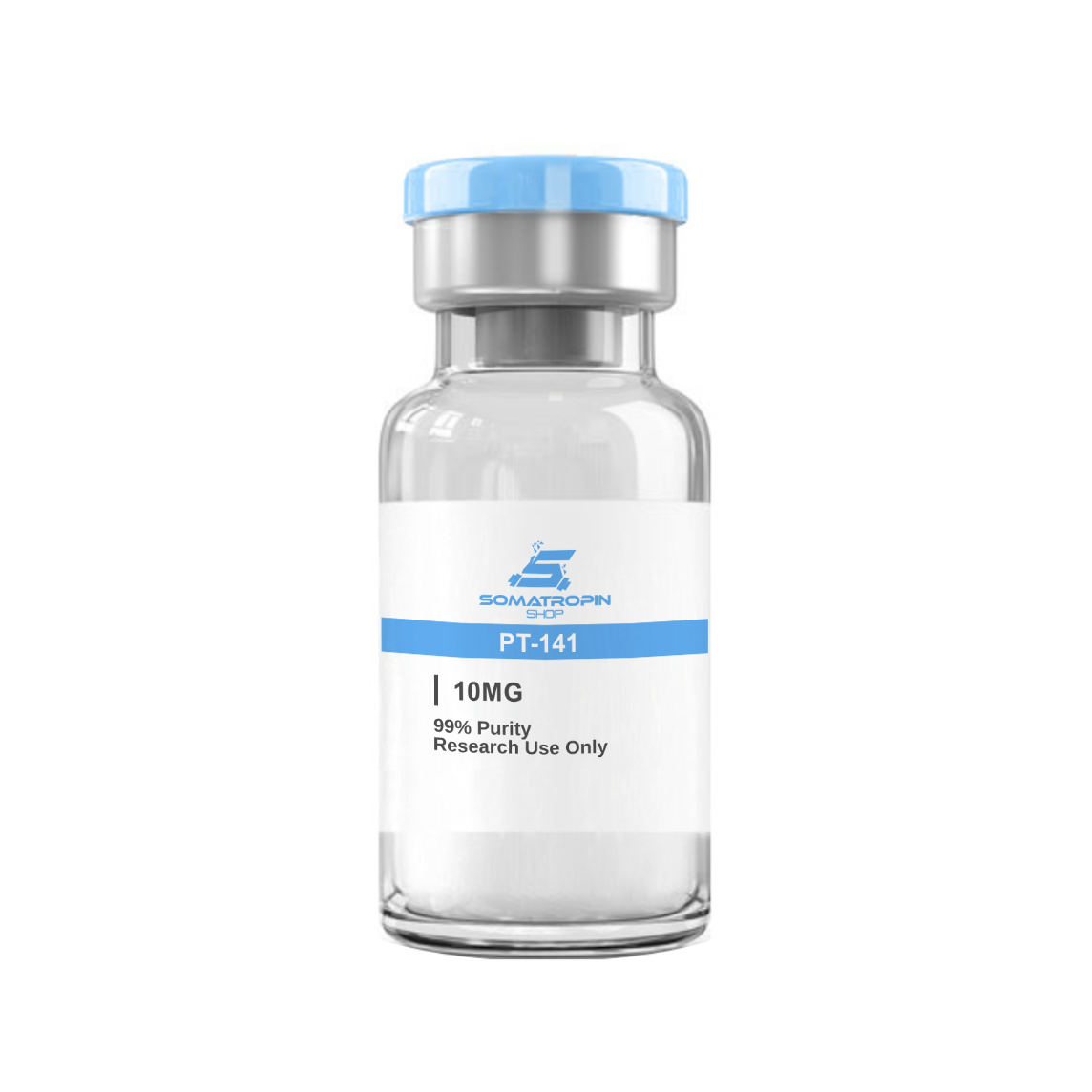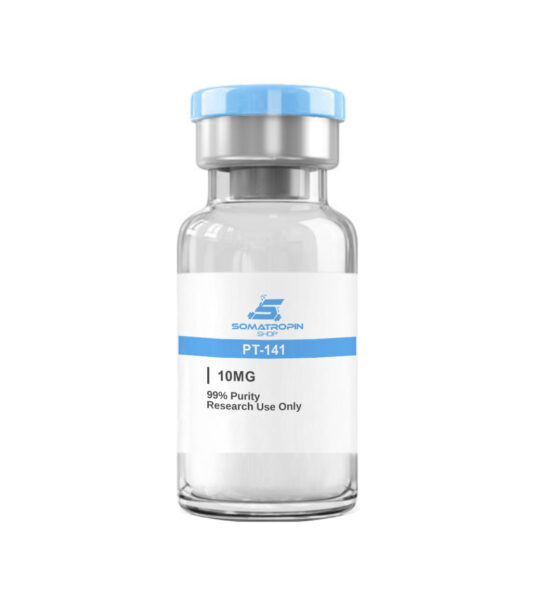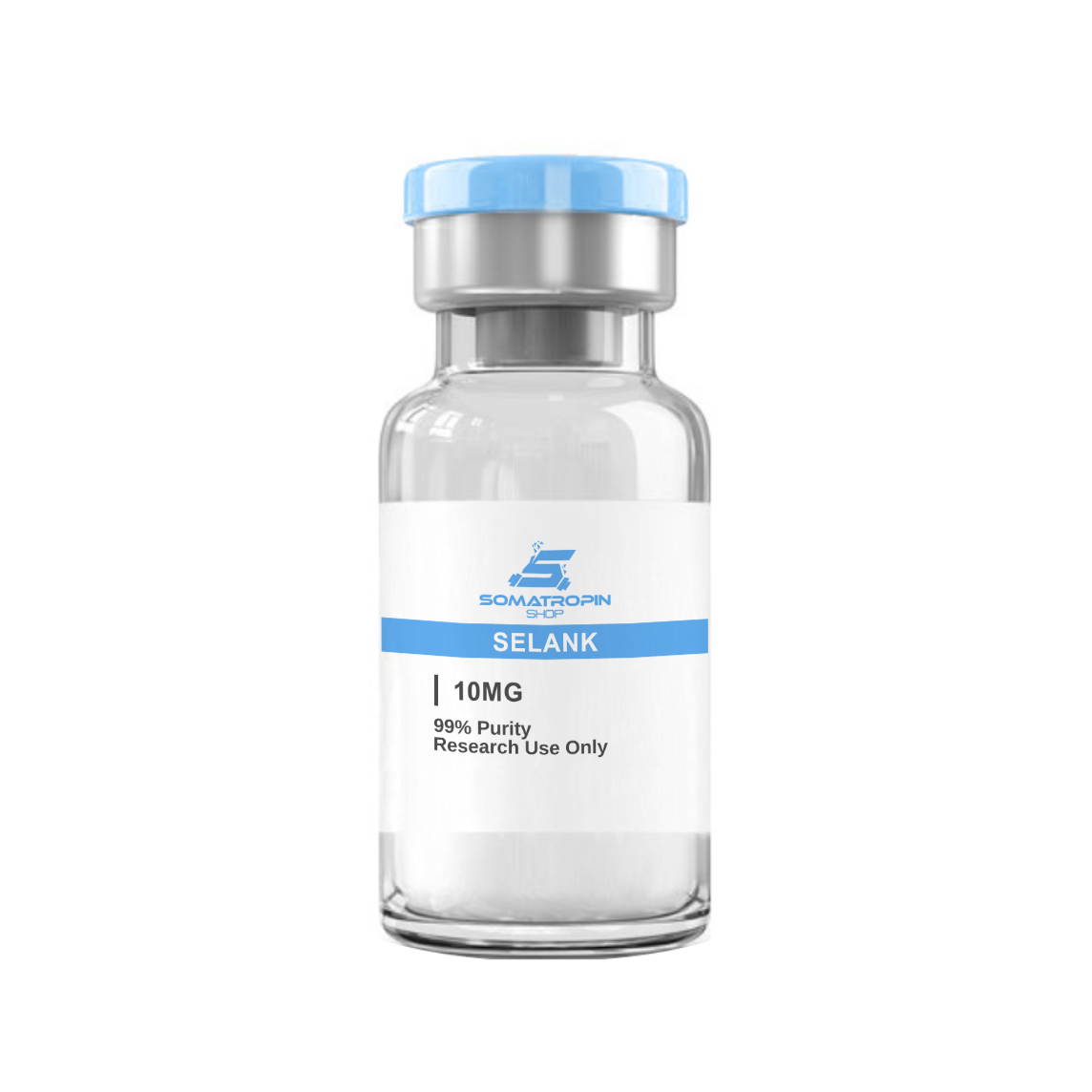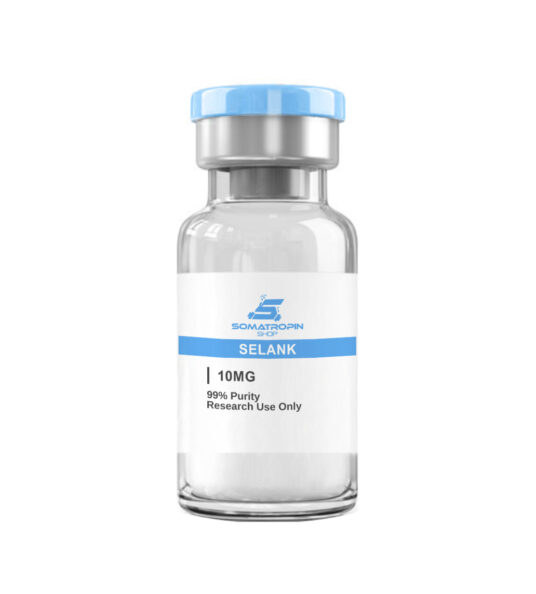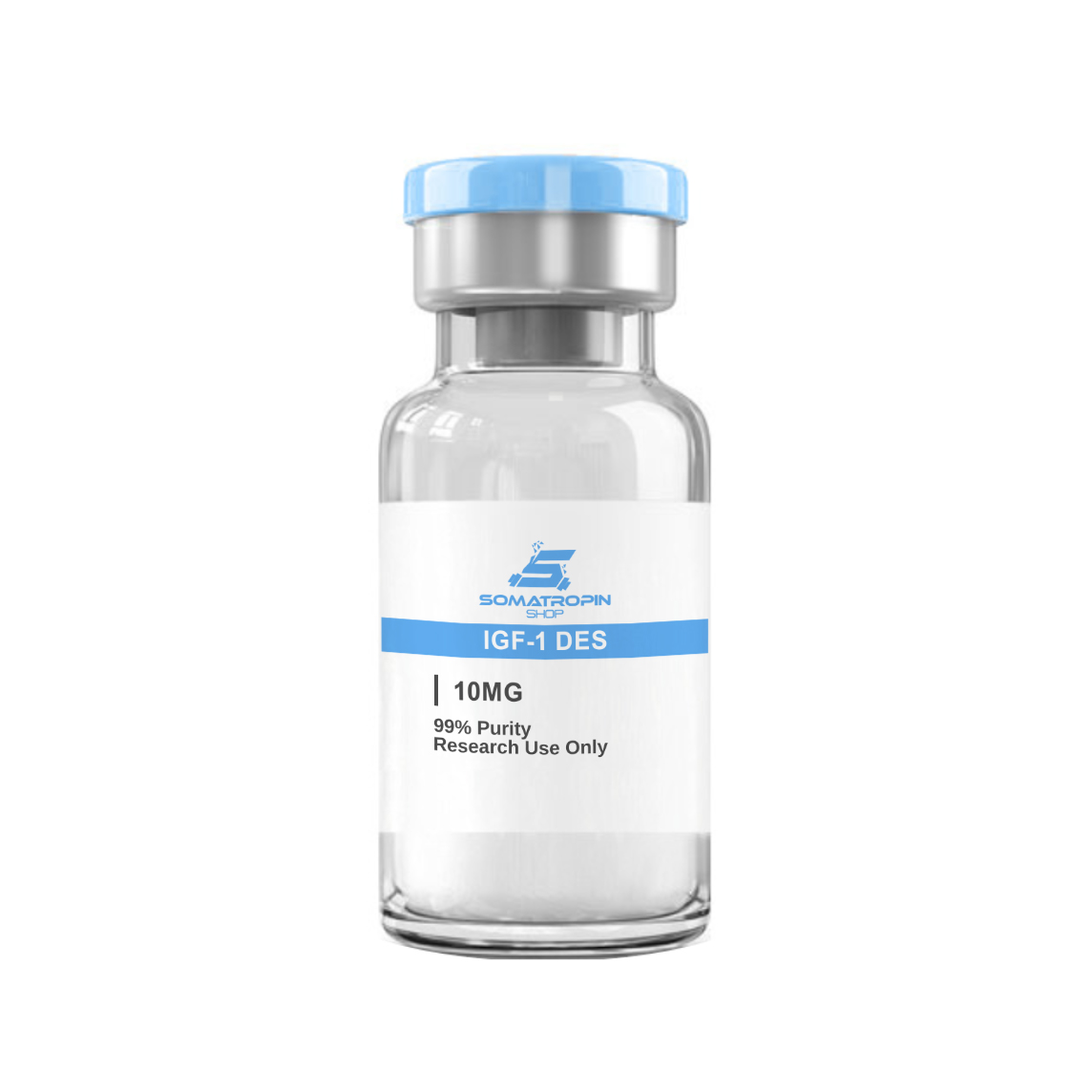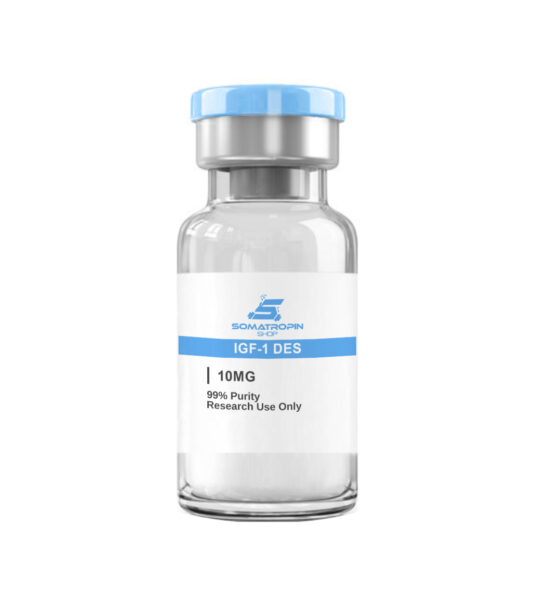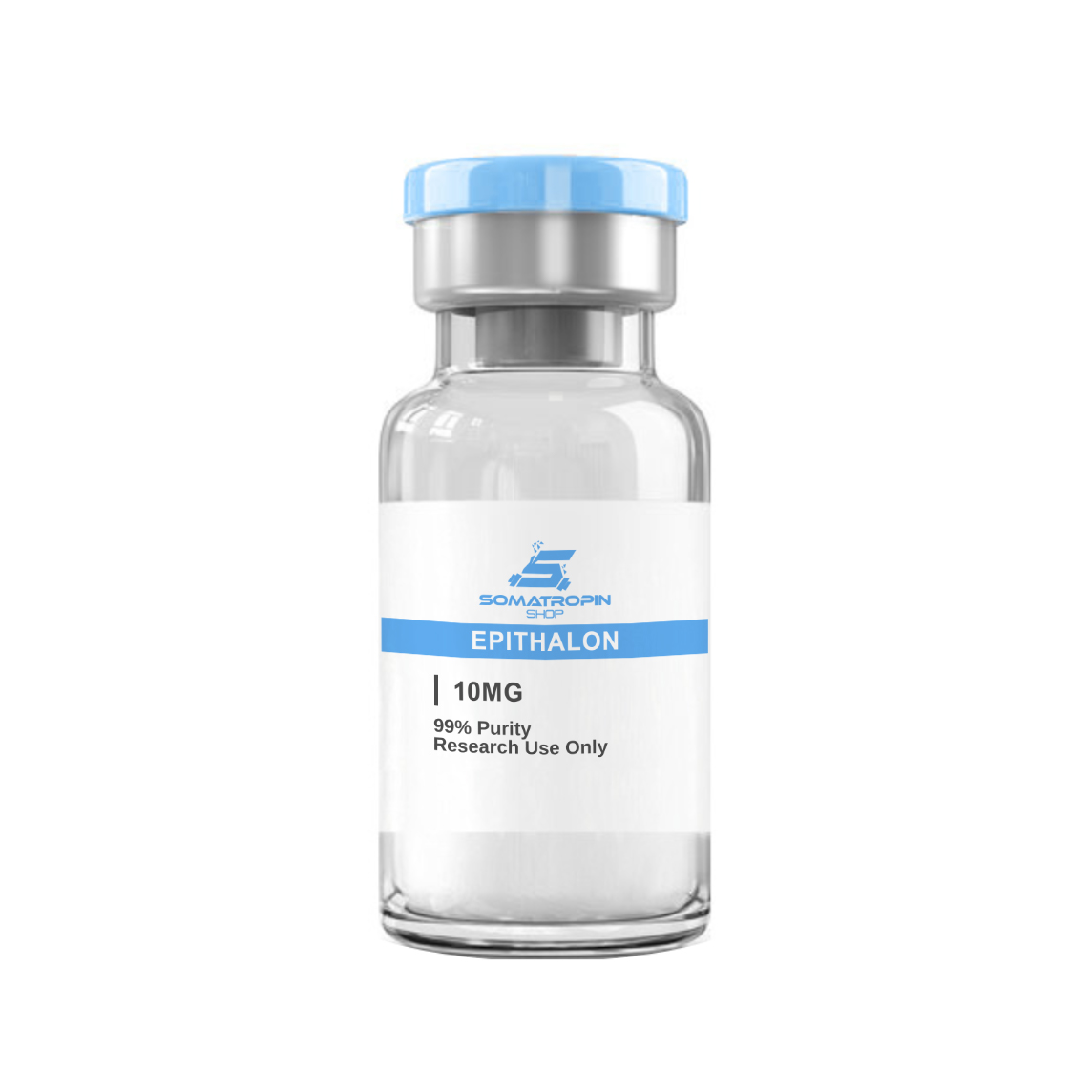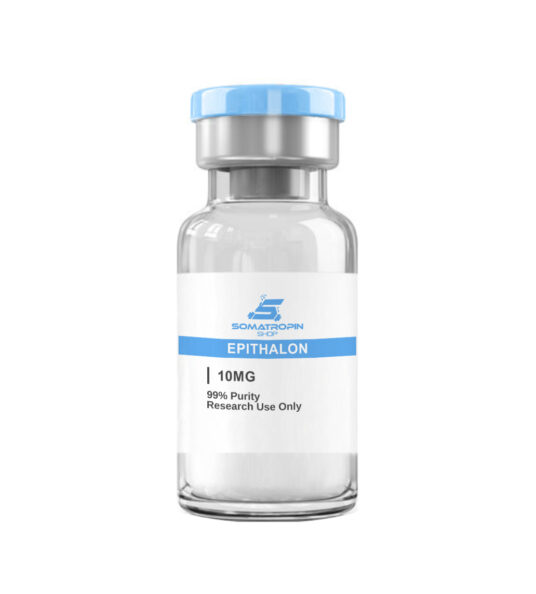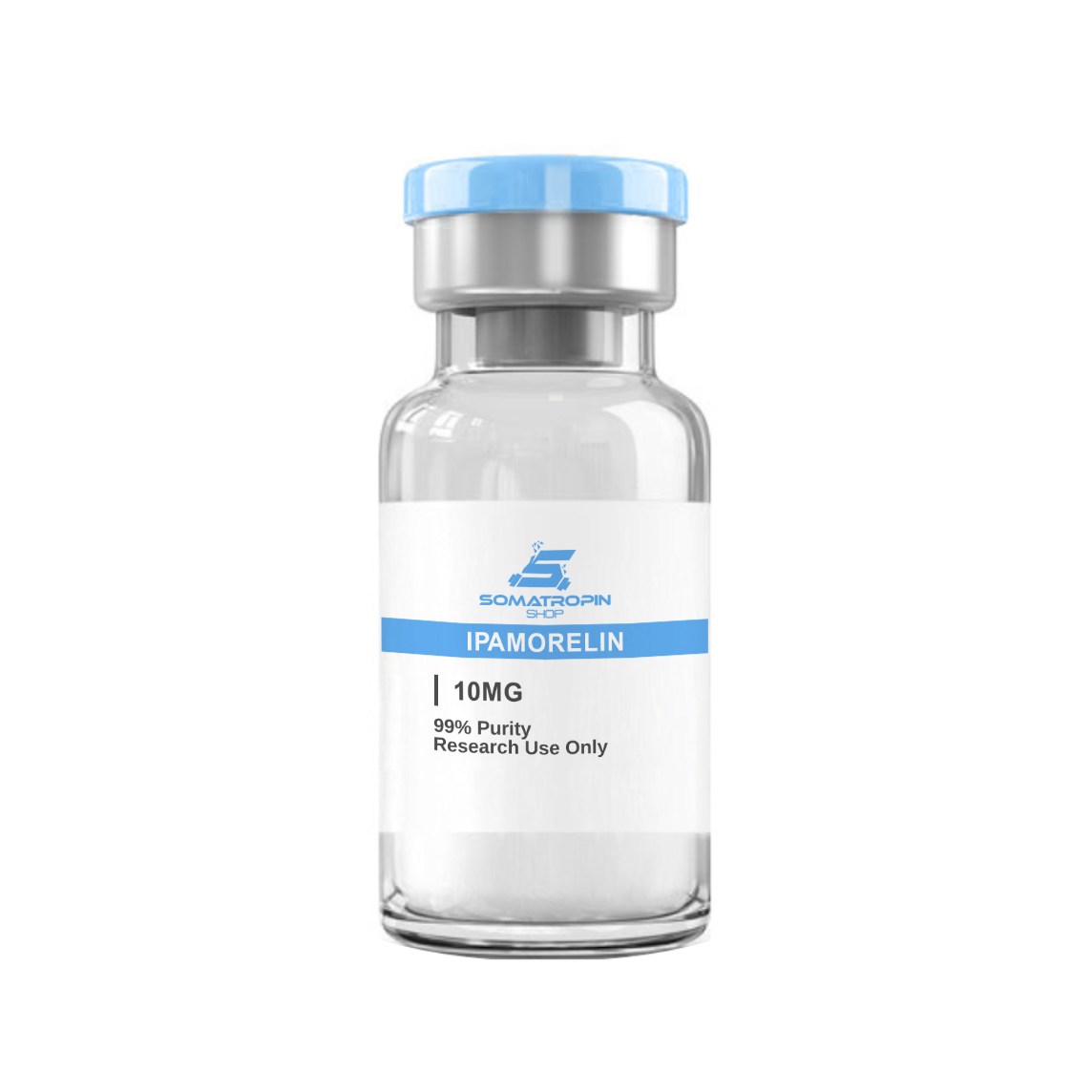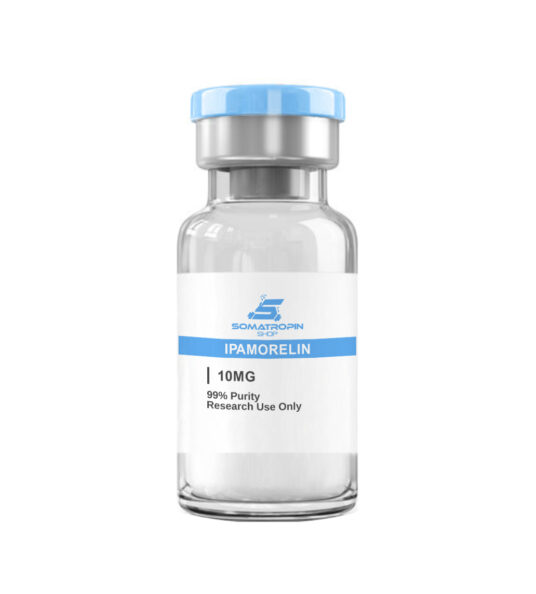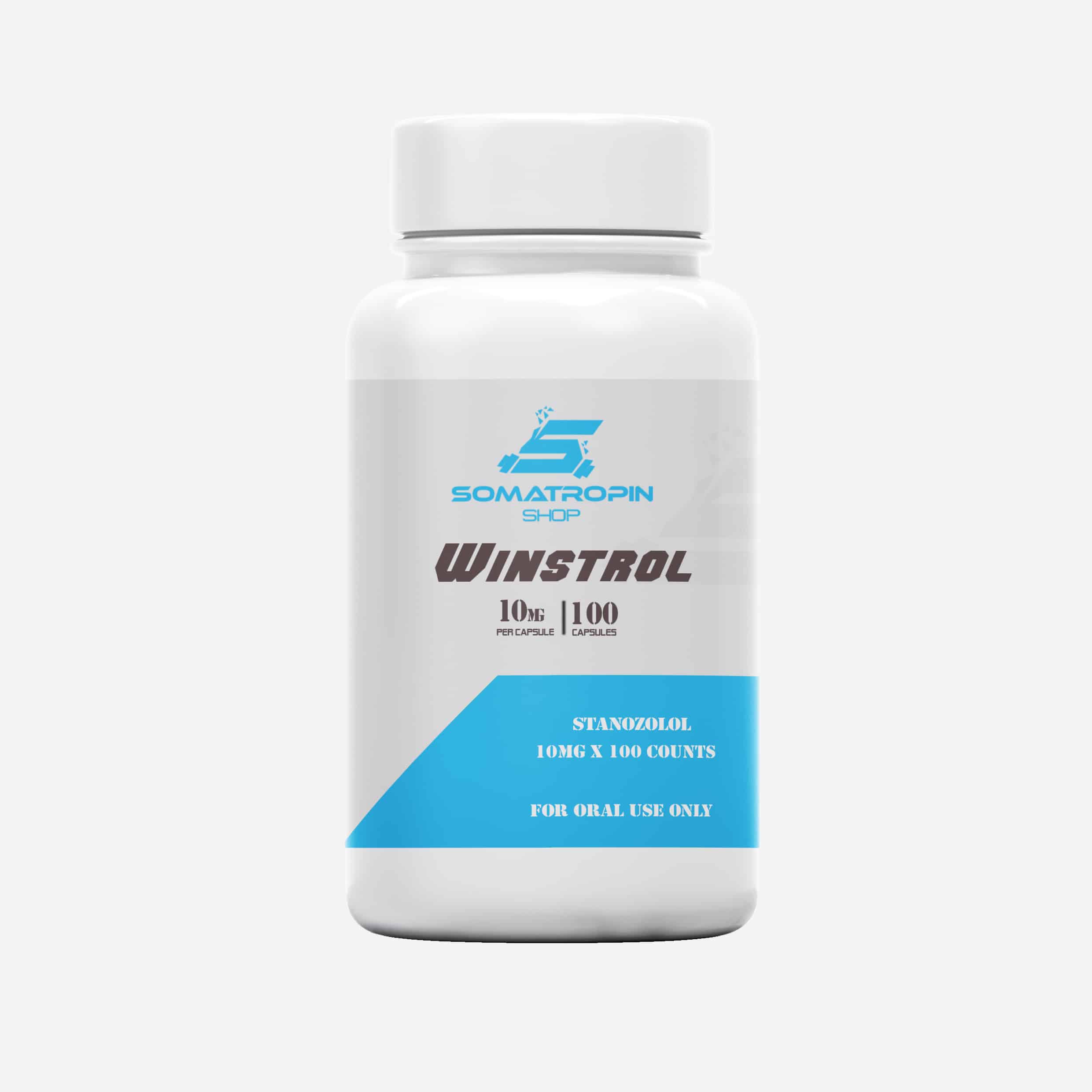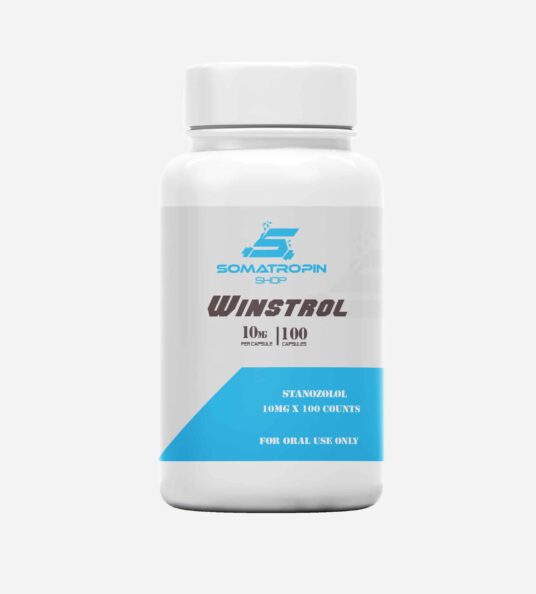Description
- What is Tirzepatide?
Tirzepatide is a synthetic analog of The Gatric Inhibitory Polypeptide (GIP) that was developed to stimulate insulin release and thus address both type 2 Diabetes and Non-alcoholic fatty liver disease. Made up of 39 amino acids, the relatively large Tirzepatide stimulates insulin release from the Pancreas by binding to both GIP and GLP-1 (Glucagon-Like Peptide-1) Receptors. Taken over more extended periods, Tirzepatide increases Adiponectin levels by as much as 26%. Research shows that Tirzepatide reduces feelings of hunger, lowers insulin levels, and increases insulin sensitivity. These effects cause significant weight loss of 11 kg (25 lbs), improve glucose tolerance, decrease fat (adipose) tissue, and reduce Cardiovascular risk.
Structure
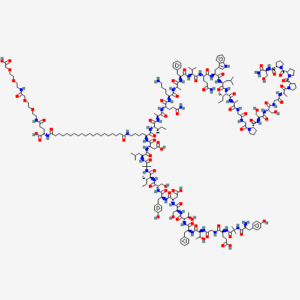
Amino Acid Sequence: YE-Aib-GTFTSDYSI-Aib-LDKIAQ (C20 fatty acid) AFVQWLIAGGPSSGAPPPS
Note: Aib is a non-coded (non-proteinogenic) amino acid – H2H-C(CH3)2–COOH
Molecular Formula: C225H348N48O68
Molecular Weight: 4813.527 g/mol
PubChem CID: 156588324
CAS Number: 2023788-19-2
Synonyms: P1206, LY3298176
What Does Tirzepatide Do?
Simply put, Tirzepatide increases insulin release from the Pancreas, resulting in improved glucose control. Research shows that, in individuals with Type 2 diabetes, decreasing hemoglobin A1c (HbA1c) levels by 2.4% after six months. The Peptide also appears to aid in weight loss, showing a Dose-dependent relationship and helping individuals lose as much as 11 kg (25 lbs) over six months.
It is not just that Tirzepatide increases insulin release, however. Research suggests that the Peptide improves the function of Pancreatic beta cells, the cells that make and release insulin. Studies suggest that Tirzepatide may make beta cells more effective at processing insulin, leading not just to increases in insulin levels in the Bloodstream but decreased stress on the beta cells themselves. This help slows down the progressive nature of type 2 Diabetes.
Research shows that this peptide does not just increase insulin levels randomly; it appears to do so only in response to increased blood glucose levels. During fasting, Tirzepatide decreases insulin levels and thus helps to increase insulin sensitivity over time. It also decreases fasting levels of Glucagon, which are thought to exacerbate Hyperglycemia by interfering with hepatic glucose Metabolism. Overall, these changes are a big part of why it has a profound effect on glucose and HbA1c levels.
How Does Tirzepatide Work?
Gastric Inhibitory Polypeptide, This Polypeptide binds to the GIP receptor to inhibit gastric acid secretion and gastrin release while stimulating insulin release. The latter is the primary function of GIP-R and is the primary reason insulin levels increase following a meal.
Glucagon-like Peptide-1 receptors are found on beta cells and in neurons in the brain. Like GIP-R, stimulation of GLP-1R stimulates the release of insulin. Natural Agonists include Glucagon and GLP1, it bind nearly a dozen Synthetic Agonists, including Dulaglutide, Lithium, and Oxyntomodulin. Activation of GLP-1R increases insulin synthesis and release, factors that have made it a desirable target in drug development. In the brain, GLP-1R stimulation lowers appetite.
Interestingly, stimulation of GLP-1R appears to increase beta cell density in the Pancreas. GLP-1R stimulation increases the expression of the Anti-apoptotic BCL-2 gene while reducing the expression of Pro-apoptotic Bax and Caspase-3 genes. This leads to enhanced beta cell survival and, ultimately, to increased insulin levels.
Finally, Tirzepatide appears to alter Adiponectin levels, raising overall levels of the Fat-burning Peptide. Increased Adiponectin levels reduce fat cell differentiation and increase energy expenditure by making Mitochondria more inefficient. A low level of this peptide hormone has been implicated in diseases such as type 2 Diabetes, Atherosclerosis, and Non-alcoholic fatty liver disease. Elevated Adiponectin levels elevate insulin sensitivity, so Tirzepatide modulates insulin sensitivity via several mechanisms.
Tirzepatide and Hunger
Research shows that Tirzepatide delays gastric emptying during the earliest phases of its administration but that the effect diminishes over time due to Tachyphylaxis. These effects are similar to those seen with pure GLP-1R Agonists, indicating that this action of Tirzepatide is almost entirely controlled by its GLP-1 activity and not at all by its GIP activity.
The effects of Tirzepatide on gastric emptying can be prolonged if the Peptide is taken at a low dose for four weeks and then the dose is escalated. This also helps to mitigate side effects caused by the Peptide and creates a veritable win-win for patients. Delayed gastric emptying can help increase feelings of satiety and reduce hunger and food cravings. Combined with the effects Tirzepatide has on glucose levels, this can help to alter eating patterns over the long term.
Tirzepatide and Weight
As noted above, using Tirzepatide will cause a substantial weight loss over six months period. A comparison of Tirzepatide to other GLP-1 analogs, like Degludoc, indicates a striking difference. Whereas Tirzepatide causes a Dose-dependent decrease in weight over time, Degludoc and other GLP-1R Agonists cause weight gain.
The GIP agonism caused by Tirzepatide is responsible for the Peptide’s long-term effects on weight. GIP appears to directly impact the Insulin sensitivity of Adipocytes, which is likely the mechanism by which Tirzepatide impacts Adiponectin levels. In short, Tirzepatide activates GIP receptors in fat cells, leading to an increase in insulin sensitivity. This leads to a reduction in adipose inflammation and an increase in Adiponectin levels and the associated benefits. This is not the whole picture, however.
Research shows that GIP signaling in the central nervous system regulates Hypothalamic feeding centers leading to decreased food intake and improved glucose handling. This, in turn, leads to decreased body weight. Thus, Tirzepatide impacts weight via Adiponectin signaling directly in adipose tissue and CNS alterations that reduce hunger levels via GIPR signaling in the brain.
Tirzepatide and the Heart
Tirzepatide alters Adiponectin levels. Obesity, Heart Disease, and Atherosclerosis are related with low Adiponectin, while increased Adiponectin levels have decreased the risk of all these things. Research in humans with type 2 Diabetes has shown that Tirzepatide improves Lipoprotein Biomarkers, lowering levels of Triglycerides, ApoC-III, and a handful of other Lipoproteins. Combined, these effects mean a reduced risk of heart disease due to decreased Adiposity. Research shows that increased Adiponectin levels increase HDL levels while decreasing Triglyceride levels, which are associated with a lower risk of heart disease. The peptide hormone goes further, reducing Macrophage Scavenger Receptors and increasing Cholesterol efflux levels to protect significantly against Atherosclerosis. Increased Adiponectin levels have been associated with improved nutrition, exercise, and certain Lipid-lowering medications.
Research shows that GLP-1 is essential in both the direct regulation of Cardiovascular risk factors such as Hypertension, Dyslipidemia and obesity as well as in the indirect regulation of risk factors like Inflammation and Endothelial cell Dysfunction. The former effects are discussed above and below in relationship to Adiponectin. However, the effects on Inflammation and Endothelial function are mediated more directly.
In the case of Endothelial function, GLP-1 signaling showed good results inducing the relaxation of blood vessels leading to decreased blood pressure and Enhanced End-Organ Perfusion. This effect results from increased expression of eNOS, the enzyme that generates nitric oxide and induces Vascular relaxation. Interestingly, these effects appear to be enhanced in the setting of preexisting Cardiovascular disease and Diabetes.
Summary
Tirzepatide is a Synthetic Derivative of The Gastric Inhibitory Polypeptide (GIP) that also has simultaneous Glucagon-Like Peptide-1 (GLP-1) functionality. This combination allows Tirzepatide to lower blood glucose levels, increase insulin sensitivity, boost feelings of satiety, and accelerate weight loss. Developing Tirzepatide to fight type 2 Diabetes but its showing results protecting the Cardiovascular system and act as a potent weight loss agent.
